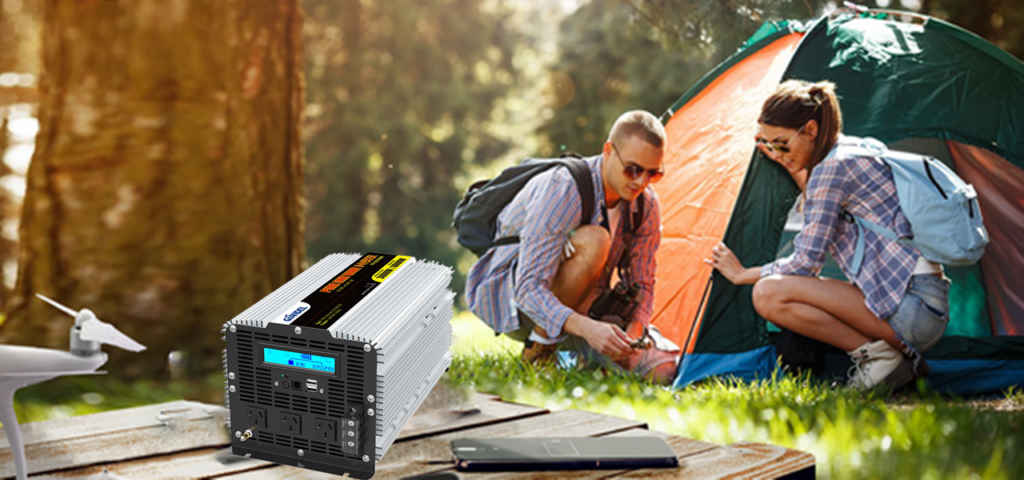When an inverter is not powered, several factors could be causing the issue. Here are some common reasons and potential troubleshooting steps.
- Battery Issues:
- Explanation: If the batteries connected to the inverter are discharged, faulty, or improperly connected, the inverter will not receive power.
- Troubleshooting: Check the battery voltage and connections. Ensure the batteries are charged and functioning correctly.
- Blown Fuse or Tripped Breaker:
- Explanation: Inverters often have internal fuses or are connected to external circuit breakers for protection. A blown fuse or tripped breaker can prevent power from reaching the inverter.
- Troubleshooting: Inspect and replace any blown fuses. Reset any tripped breakers and investigate the cause of the trip.
- Loose or Corroded Connections:
- Explanation: Loose or corroded connections can interrupt the power flow from the batteries or power source to the inverter.
- Troubleshooting: Check all connections, clean any corrosion, and tighten loose connections.
- Faulty Inverter:
- Explanation: Internal faults within the inverter, such as a failed component or a software issue, can prevent it from powering on.
- Troubleshooting: Perform a reset or power cycle of the inverter. Consult the inverter’s manual for troubleshooting steps and consider professional repair if needed.
- Incorrect Settings or Configuration:
- Explanation: Inverters often have various settings and configurations. Incorrect settings can prevent the inverter from powering on or functioning correctly.
- Troubleshooting: Review the inverter’s manual and ensure all settings are correct. Reset to factory settings if necessary.
- Overload or Short Circuit:
- Explanation: An overload or short circuit in the system can cause the inverter to shut down as a protective measure.
- Troubleshooting: Disconnect all loads and gradually reconnect them to identify any faulty devices. Ensure the total load does not exceed the inverter’s capacity.
- Environmental Factors:
- Explanation: Extreme temperatures, moisture, or dust can affect the inverter’s performance or cause it to shut down.
- Troubleshooting: Ensure the inverter is installed in a clean, dry, and well-ventilated area. Check for any signs of environmental damage.
- Grid Connection Issues (for Grid-Tied Inverters):
- Explanation: For grid-tied inverters, issues with the grid connection, such as power outages or grid faults, can prevent the inverter from operating.
- Troubleshooting: Check the grid connection and contact your utility provider if there are issues with the power supply.
- DC Input Voltage Outside Operating Range:
- Explanation: Inverters require a specific DC input voltage range to operate. If the input voltage is too high or too low, the inverter will not power on.
- Troubleshooting: Verify the DC input voltage is within the specified range for the inverter.
- Faulty or Incompatible External Components:
- Explanation: External components like charge controllers, solar panels, or other power sources may be faulty or incompatible with the inverter.
- Troubleshooting: Test external components independently to ensure they are functioning and compatible with the inverter.
By systematically checking these potential issues, you can identify the cause of the inverter not powering on and take appropriate corrective actions.


